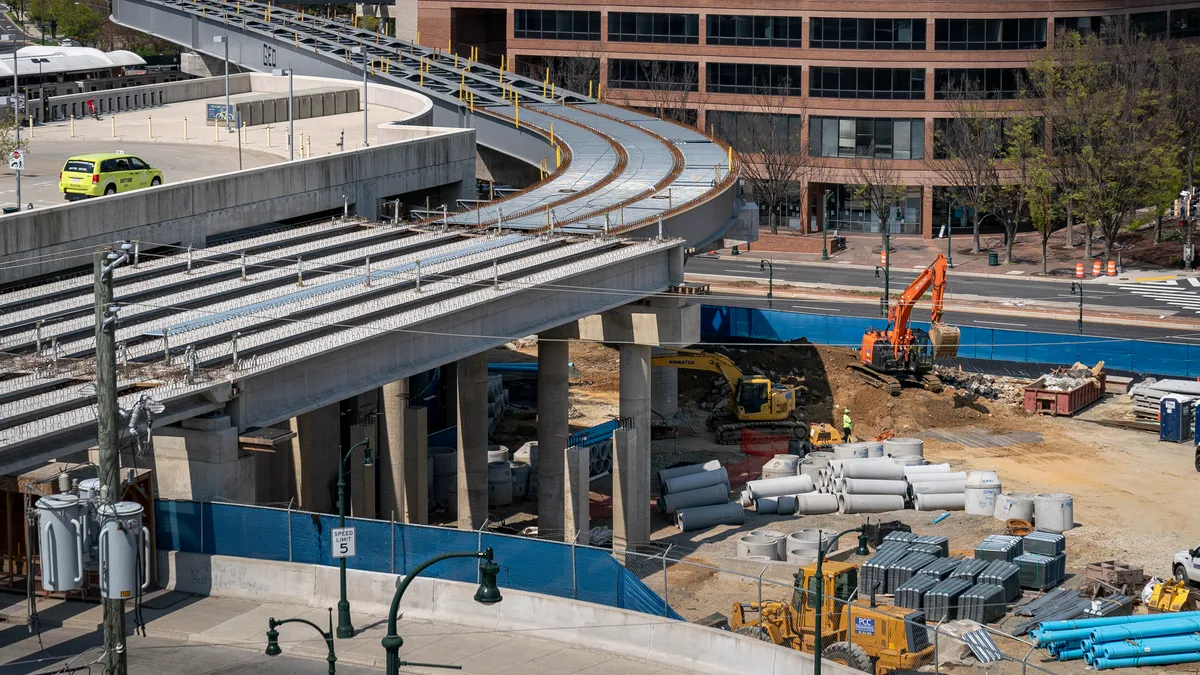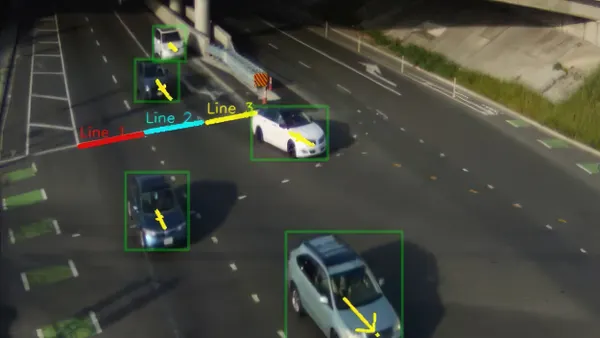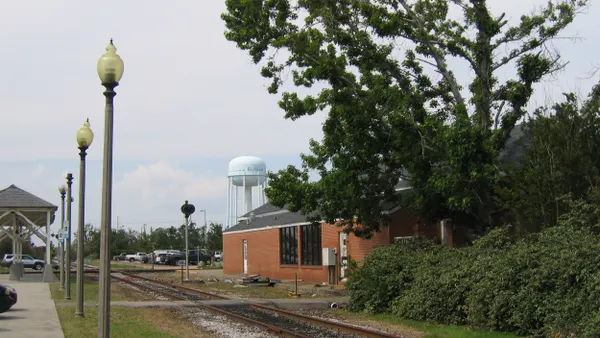The Federal Transit Administration (FTA) announced last week it will award $2.2 billion in American Rescue Plan funds to public transportation agencies to put toward day-to-day operational expenses. Meanwhile, cities and states are closer to receiving the windfall of money from last year's $1.2 trillion bipartisan infrastructure law after Congress last week passed a $1.5 trillion omnibus spending package that will fund the federal government through September.
Those FTA awards will go to 35 recipients in 18 states and tribal communities. The New York Metropolitan Transportation Authority received the largest grant at about $769 million, followed by the San Francisco Bay Area Rapid Transit District with about $271 million. Other large recipients include the transit authorities in and for the Washington metro area, Chicago and Harris County, Texas.
Smaller grants will go to the cities of Fayetteville, North Carolina; Las Cruces, New Mexico; and Bismarck, North Dakota. The Red Lake Band of Chippewa Indians in Minnesota and the Oneida Nation in Wisconsin are among those in line to receive grants as well.
The American Rescue Plan Act of 2021, signed by President Joe Biden a year ago this month, included $30.5 billion in federal funding to help the nation’s public transportation systems get through the COVID-19 pandemic. "This additional funding from the American Rescue Plan is helping communities across the country keep transit workers on the job and keep their trains and buses running," said U.S. Transportation Secretary Pete Buttigieg at a press event. According to last week's announcement, 99% of the funding has been allocated and a remaining $25 million in planning grants "will be announced soon."
Transit agencies and other recipients of infrastructure funds have been eagerly awaiting completion of the federal budget for the fiscal year 2022, as funding was limited to what was in the prior fiscal year budget. On Monday, FTA announced $409.3 million in grants to 70 projects in 39 states for the purchase of electric buses, new and updated bus maintenance facilities and other reliability and safety improvements.
Taking into account funding from the infrastructure law and the proposed FY2022 budget, total FTA funding will jump more than 58%, according to an analysis by Jeff Davis, a senior fellow at the Eno Center for Transportation.
That jump "represents part of a strategy to fundamentally change the emissions profile of our transportation systems," according to Elgie Holstein, senior director for strategic planning at the Environmental Defense Fund.
He explained that the infrastructure law is designed to both electrify the transportation system as much as possible and to expand the use of public transit, each of which will bring environmental benefits. In addition to reducing carbon emissions, Holstein said, "it's just as much, if not more, about bringing pollution relief." That will benefit environmental justice and frontline communities, along with "health benefits to many different people."
Holstein emphasized that grants under the infrastructure law are "not purely a top-down proposition." They help cities build on efforts they've already begun, such as buying electric buses, he said. As such, "the impact of the legislation can begin to be felt almost immediately, but it will be scaled up over time," he added.
More could be done, though, Holstein said. "It makes us even hungrier for passage of some version of the Build Back Better legislation because we think that's the next major step in providing these benefits to the American public." That bill is currently stalled in Congress, with Democrats unable to gather enough votes for passage.











